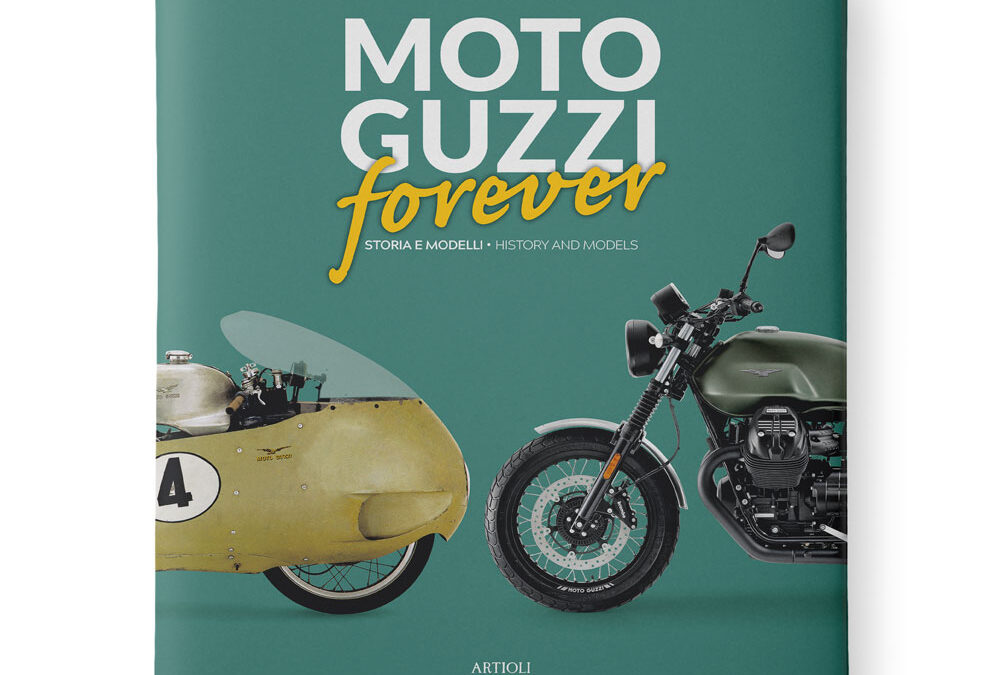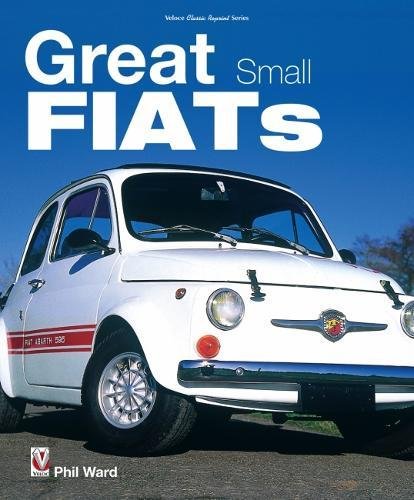
Moto Guzzi Forever – History and Models
Perhaps only the most diehard fans, among the many Moto Guzzi enthusiasts, are aware of the technical affinity between the single-cylinder engine of the racing ‘250’ from the Mandello company and the V12 unit of the first Ferraris. It’s a surprising connection that is explained by the fact that the technician Gioachino Colombo was a keen admirer of the engine that Carlo Guzzi had designed for the racing bike, at the top in GPs with the names of ‘Albatros’ and ‘Gambalunghino’. In the years following the end of the war, Colombo designed the engine of the first Ferrari by considering the concepts of Mandello: overhead camshaft distribution, with rocker arms and needle valve springs, bore and stroke measurements, the same between their values or with minimal differences. Thus, the first V12 from Maranello to arrive at the fateful 3000 cc limit was a Guzzi multiplied by 12: the same bore and stroke (68×68 mm) and obviously identical unit displacement: 246.8 cc.
It is one of the many curious anecdotes contained in this book that accompanies the story of the events that have characterized the chronology of the brand (five important corporate changes, from the initial union between Carlo Guzzi and the Parodi family from Genoa, up to its entry into the Colaninno Group), to the description of all the models produced by the legendary of Mandello del Lario workshops, for road and racing.
A typically Italian phenomenon, deeply linked to the personality of the product, Moto Guzzi has never created banal bikes: on the contrary, it has continuously improved technique and style, without betraying its originality.
Faithful to the 90° V-twin engine, conceived for ‘fast touring’, Moto Guzzi has managed to demonstrate that even with that typical ‘road-going’ technical configuration, the company could also tackle racing. This is confirmed by the detailed account of the era of production-based motorcycle racing series of the 1970s and of the even more sensational victories in the ‘Battle of the Twins’ at Daytona, in the first decade of this century.



